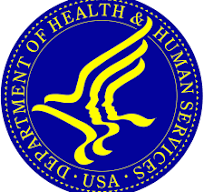The Arizona Digital Health Symposium is bringing together health leaders across sectors this Friday to share insights and generate ideas that will accelerate the creation and adoption of innovative technologies that can improve the health of Arizonans this upcoming
Friday, May 16 from 9am to 4pm.
There’s no charge for pre-registrants.
Arizona Digital Health Symposium | College of Health Solutions
The event will serve as a catalyst for advancing digital health research, fostering cross-sector collaboration, and creating and translating groundbreaking innovations into practical applications that improve health outcomes for Arizonans.
Location: Health Futures Center, 6161 E Mayo Blvd, Phoenix, AZ 85054
Arizona Digital Health Symposium: Charting a Course for Advancing Digital Health Registration






